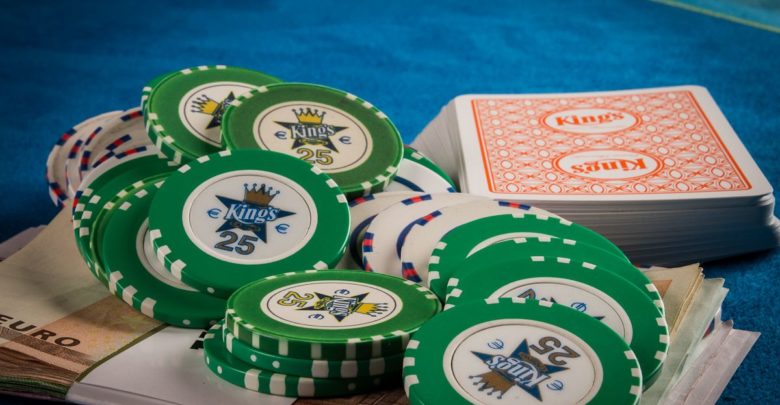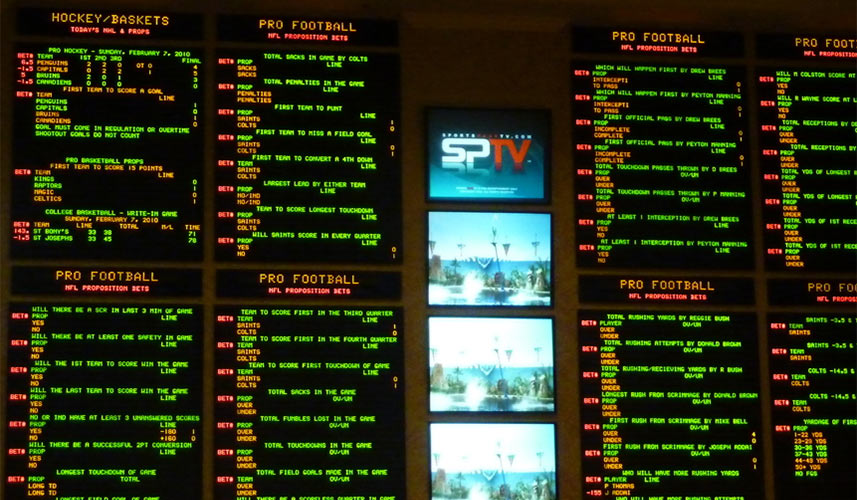Working Out Pot Odds

When working out your Pot Odds in cash games, it is best to keep it as basic as you can. You simply have to determine if a call is correct mathematically. This means figuring whether you would make money or lose money if you made the same decision in the same situation an infinite number of times. You compare what you would expect to win with what it will cost you to stay involved in a pot, this is your expected value. When that expected value is positive, you should stay in the hand. While, it may seem complicated, with a little practice, it can become second nature. Calculating your expected value is a two-step process where you calculate the pot odds and then compare that figure with the odds you have of getting one of your outs.
Pot Odds
Simply put, pot odds are defined as the ratio between the size of the pot and the bet facing you. For example, if there is $4 in the pot and your opponent bets $1, you are being asked to pay one-fifth of the pot in order to have a chance of winning it. In this scenario, a call of $1 to win $5 represents pot odds of 5:1. If you’re asked to pay $1 to win $10, you have odds of 10:1. If you need to find $3 to win $9, you have 3:1 and so on. Just remember, the size of the pot refers to the chips that are already in the pot, as well as all the bets made in the current betting round. This is step one and once you have determined the pot odds, you need to determine the odds of hitting your draw.
Hitting Your Draw
It is important to learn the Rule of Two and Four, which is an easy way of calculating your odds when holding a drawing hand on the flop. With this method, you calculate your odds of winning a hand in a percentage, but it can also be displayed as a ratio between winning and losing. A 20% winning probability can be translated as 4:1 odds, as in, you will lose four in five times. (You’ll see more examples below.) All you need to do is calculate how many outs you have in your hand and the odds of getting one of those outs. There are hundreds of books and charts on the matter and they are rather easy to find. Find the easiest method for you and memorize it. These calculations can be made quickly, you just need to practice.
Determining Expected Value
After you have found the two ratios, you must compare them against each other to get the odds of you winning the hand based on your outs and compared with the pots odds offered on your call. If the pot odds are higher than your odds of winning, you should call or raise. If your pot odds are lower than your chances of winning, you should fold.
Example with the nut flush draw: You have the nut flush draw which is nine outs. On the turn the pot is $6 and your opponent bets $1. There is now $7 in the pot ($6 + $1), and it’s $1 to call. The pot odds are therefore 7:1. Your odds are 4:1 to hit your flush draw. The pot odds are higher. Therefore, you should call. As you can see, this call is correct by looking at the long-term. If you make this call 5 times, the odds says that you will hit your draw once on average. That means you stand to win $7 for every $5 (5 * $1) you invest and that is good poker.
Example of pot odds with a straight draw: You have a gutshot straight draw which is four outs on the flop and there is $25 in the pot. Your opponent bets $5. There is now $30 in the pot ($25 + $5), and it is $5 to call. Your pot odds are therefore 6:1. However, according to the table the odds of winning the hand are 12:1. You don’t have the right pot odds to call here and should therefore fold. Again, it’s the long-term picture to look at. Here, you would need to play twelve times in order to win $30. But those twelve calls would cost you $60 ($5 * 12) and so this is not profitable.
Example of odds with a straight draw against an all-in: You have an open-ended straight draw which is eights outs on the flop. There is $50 in the pot and your opponent moves all-in for $25. You therefore have pot odds of 75 to 25 ($50 plus the $25), and it’s $25 to call. The pot odds are 3:1, and if you call you get to see both the turn and the river and because the pot odds are higher, you should make the call.
If you continually play draws without getting the right odds, you will lose money. It’s just that simple. There will always be players who don’t care about odds and call too often. These players will occasionally get lucky and win a pot, but mostly they will lose. Also, you might be folding draws in situations where the odds are favorable which is just as bad. If you use these strategies in this consistently, you can avoid mistakes and gain an edge over your opponents every pot.




